February is LGBT+ History Month. Across the Bodleian and college libraries, the Graduate Trainees have been hard at work creating displays that showcase a wide array of books which explore and celebrate LGBT+ history.
The Oxford Union Society Library
 The Oxford Union Society’s LGBT+ History Month display explores LGBT+ history from across the world.
The Oxford Union Society’s LGBT+ History Month display explores LGBT+ history from across the world.
Homosexuality in ancient Greece is discussed through famous historical figures like Sappho, the romantic poet who is widely believed to have been lesbian (indeed, she lived on the Isle of Lesbos which is where the word “Lesbian” comes from),[1] and Ovid who wrote in his Art of Love that ‘a boy’s love appealed to me less’ – although this was later deliberately mistranslated as ‘a boy’s love appealed to me not at all’.[2] This censorship is not unusual, though amusingly some writers who translated Greek texts would translate the more risqué passages into Latin, thus counterintuitively highlighting the very sections they wanted obscured.[3]
Additionally, ancient Greek literature is used to explore LGBT history: Plato’s Symposium includes a brilliantly varied discussion of the origin of man in which Aristophanes, a comic, suggests that humans used to be two beings fused together, some male and female, others male and male and yet others female and female. These original humans were split in half by the angry gods and that is why we search for our “other half”.[4]
Transsexualism and homosexuality in various parts of Asia are also discussed:
- In Mesopotamia, the deity of love and war, Ishtar, could be depicted as either male or female depending on what aspect of divinity the artist wished to portray. Ishtar’s male followers were even considered feminine and their sexual identity ‘in some way irregular’.[5]
- The Hindu deity Lakshminarayan is a combination of two deities: male Vishnu and female Lakshmi. Similarly, the deity Ardhanarishvara represents the goddess Parvati and the god Shiva (who is romantic with Vishnu and even gives birth!).[6]
- Japanese and Persian cultures are discussed through comparing Japanese samurai, who often had relationships with their pages and juniors and valued male love, with a similar practice in Persian royal courts.[7]
Modern British history, on the other hand, is filled with the poor treatment of LGBT+ people. In the 18th century homosexuality was a capital offence and the word “Molly” was used as a term of abuse towards flamboyant men.[8] In 1895, Oscar Wilde was tried for being gay and imprisoned in Reading gaol,[9] and in 1952 Alan Turing was discovered to be homosexual and charged with ‘gross indecency’ and chemically castrated.[10] Later in the 20th century, homosexuals were interrogated and discharged from the armed forces.[11] In fact, homosexuals were banned from British Armed Forces up until 2000.[12]
LGBT+ history is varied and fascinating. If you’d like to learn more about how it has been celebrated at the Oxford Union, check out the posts about the display for Transgender Awareness Week 2023 on Twitter and Facebook.
[1] R.B. Parkinson. 2013. A little gay history : desire and diversity across the world. 306.766 PAR
[2] Simon LeVay. 2012. Gay, straight, and the reason why : the science of sexual orientation. 155.3 LEV
[3] John Boswell. 1982. Christianity, social tolerance, and homosexuality : gay people in Western Europe from the beginning of the Christian era to the fourteenth century. 306.766 2 BOS
[4] Simon LeVay. 2012.
[5] R.B. Parkinson. 2013.
[6] Ibid
[7] Ibid
[8] Simon LeVay. 2012.
[9] Hugh David. 1997. On queer street : a social history of British homosexuality, 1895-1995. 306.766 DAV.
[10] Andrew Hodges. 1992. Alan Turing : the enigma. 510 HOD.
[11] Edmund Hall. 1995. We can’t even march straight : Homosexuality in the British Armed Forces. 306.766 094 1 HAL.
[12] Ministry of Defence, Cabinet Office, Office for Veterans’ Affairs, The Rt Hon Dr Andrew Murrison MP, The Rt Hon Johnny Mercer MP, The Rt Hon Rishi Sunak MP, and The Rt Hon Ben Wallace MP. 2023. ‘Government apologises to veterans for egregious historic LGBT policy in the Armed Forces: The PM and Defence Secretary apologise to LGBT personnel and veterans impacted by the historic ban.’ Gov.uk. https://www.gov.uk/government/news/government-apologises-to-veterans-for-egregious-historic-lgbt-policy-in-the-armed-forces
Connie Hubbard
The Taylor Institution Library
The study of LGBT+ history is a rapidly growing field in academia. This is reflected in Oxford University’s Centre for Gender, Identity and Subjectivity, as well as the LGBTQ+ History Faculty Network which runs fortnightly seminars and research sessions (@oulgbtqhistory). As for the Taylorian, we have a growing focus on gender and sexuality, not only on our ‘G.GEN’ marked shelves in the Main Reading Room and Research Collection but interspersed throughout our modern language and film collections.
While the official theme for this year’s LGBT+ History Month is ‘Medicine: Under the Scope’, we at the Taylor Library decided to stick to our subject specialisms of modern language and European history while putting together our display. As a result, we have two separate displays, a DVD display in the Teaching Collection and a display of our most recent acquisitions of LGBT+ history books in the Research Collection, to keep up to date with current scholarship.
The displays aim to present examples of the vast array of items the library has, from the history of coming out in Wales (A Little Gay History of Wales) and lesbian desire in nineteenth century Italy (Eccentricity and sameness: discourses on lesbianism and desire between women in Italy, 1860s-1930s), to histories of queerness in medieval French courts (Courtly and queer: deconstruction, desire, and medieval French literature) and anthologies of transgender historical scholarship. They are centred around uncovering lost historical narratives, whether that be because of scholarly neglect until relatively recently, or explicit attempts to erase the voices of those who did not “fit” within the heteronormative historical narrative. To recognise these voices, the display also contains the works of 19th and 20th century LGBT+ writers and artists. These include the likes of Renée Vivien, a lesbian Parisian poet whose childhood friend-turned-lover, Violet Shillito, is often evoked in her works such as this display’s A Crown of Violets. Another example you will find is that of Mário Cesariny, a surrealist artist and poet who left Portugal for the UK to escape persecution for his homosexuality. The Taylor recently held an exhibition of his work, which you can read about here.
As for our DVD display, this aims to celebrate the impact and contribution of LGBT+ artists in cinema worldwide. The collection on display consists of films that were produced by LGBT+ directors and are a mix of early and more recent productions. From French historical drama such as Portrait of a Lady on Fire to South Korean thriller The Handmaiden, Swedish bildungsroman Show Me Love to Thai romance Tropical Malady, these award-winning productions all explore and celebrate the multifaceted experiences of those in the LGBT+ community. Overall, the displays reflect the purpose of LGBT+ History Month as a whole, to create safe and inclusive spaces for all readers and staff members at the Taylorian.
Reading List: Histoire de la Sexualité by Michel Foucault; The Transgender Studies Reader, ed. by Susan Stryker and Stephen Whittle; Queer Genealogies in Transnational Barcelona, by Natasha Tanna; Derivas Del (Mal)decir, by José Javier Maristany; Queer Square Mile: Queer Short Stories from Wales, ed. by Kirsti Bohata et al.; Un Été Avec Colette, by Antoine Compagnon; Pena Capital by Mário Cesariny; A Crown of Violets, by Renée Vivien (trans. by Samantha Pious); Lesbian Decadence, by Nicole G. Albert; Peripheral Desires: The German Discovery of Sex by Robert Deam Tobin; A Little Gay History of Wales by Daryle Leeworthy; Eccentricity and Sameness, by Charlotte Ross; Public City/Public Sex, by Andrew Israel Ross.
DVD List: Tropical Malady, directed by Apichatpong Weerasethakul; Show Me Love, by Lukas Moodysson; Happy Together, by Wong Kar-Wai; Tomboy, by Céline Sciamma; A Fantastic Woman, by Sebastián Lelio; Portrait of a Lady on Fire, by Céline Sciamma; The Handmaiden, by Park Chan-Wook.
Clara Oxley
English Faculty Library
This year for LGBT+ month, the EFL has decided to do something a little bit different for its Book Display. Under the capable hands of Sophie, our Reader Services Senior Library Assistant, and in collaboration with the LGBTQ+ Campaign, the EFL put out a call to its readers to help co-curate this month’s display. Our readers were asked to submit their favourite queer book with a short blurb on why they chose it. Needless to say, we were blown away by the response!
10 people took the time out of their day to send in a suggestion, and it was wonderful to see how varied the responses were. Here’s a sample of some of the choices and a taste of why they were chosen:
- Loveless by Alice Oseman, a contemporary coming-out novel with an aro-ace protagonist. In the anonymous nominee’s words, it’s about ‘the multitude of ways that love can be defined’
- Ready to Catch him Should he Fall by Neil Bartlett which nominee Jasper described as ‘[capturing] the horror and grief of the 80s AIDS crisis’
- And (of course) classics such as The Picture of Dorian Gray by Oscar Wilde, in which nominee Isaac highlighted how ‘with the lens afforded to a modern queer man, the homosexual repression jumps off the page’.
A full reading list can be found below if you’re interested!
It has been fascinating to see how different the responses are, and to see what exactly our readers are reading in their own words – particularly as queer voices have been (and are still being) silenced. In the spirit of allowing people their own voice, I’ve asked Sophie to write a few words of her own about the display:
“The idea for the collaborative display between the English Faculty Library and the SU LGBTQ+ Campaign was first raised by student reps earlier this academic year, who expressed an interest in the library having a display for Trans Awareness Week back in November (which we did!). The LGBT+ History Month display was a natural follow-up from this, and couldn’t have been made without the help of the SU LGBTQ+ Campaign, who reached out to their connections and collected suggestions from the student body. This has helped us to create a display where Oxford’s LGBTQ+ community can talk about their history, experiences, and literature in their own words.”
This display will be on at the EFL for the entirety of LGBTQ+ History Month until March 4th 2024, so we highly encourage you to see it in person! If you’re unable to make it to the EFL though, a virtual display will be being posted onto the EFL Blog later this month so do keep an eye out.
Reading List: Gender Trouble by Judith Butler; The Picture of Dorian Gray by Oscar Wilde; Carmilla by Joseph Sheridan le Fanu; After Sappho by Selby Wynn Schwartz; Rebecca by Daphne Du Maurier; Hauntings and Other Fantastic Tales by Vernon Lee; Loveless by Alice Oseman; Gallathea by John Lyly; Tales of the City by Armistead Mapuin; Ready to Catch him Should he Fall by Neil Bartlett
Leah Brown
New College Library
 New College Library’s book display for LGBT+ History Month draws from our extensive Gender and Sexuality collection, a section of the library dedicated to books which explore and amplify LGBT+ peoples’ lives, voices, identities, and experiences, both historically and in the present day. I also identified some exciting new titles which we acquired for the library.
New College Library’s book display for LGBT+ History Month draws from our extensive Gender and Sexuality collection, a section of the library dedicated to books which explore and amplify LGBT+ peoples’ lives, voices, identities, and experiences, both historically and in the present day. I also identified some exciting new titles which we acquired for the library.
In honour of this year’s theme, ‘Medicine – #UnderTheScope’, the display includes books which explore LGBT+ people’s experiences of and contributions to healthcare and medicine. David France’s How to Survive a Plague, which was based on the 2012 documentary he directed of the same name, provides a raw and powerful social and scientific history of AIDS. France spotlights the vital work of activists of all genders who were the driving force behind the development of life-saving drugs for the management of HIV. Also on display is The Hidden Case of Ewan Forbes by Zoë Playdon. This book chronicles the life of Scottish nobleman Ewan Forbes, a transgender man, and the 1968 court case regarding the inheritance of his baronetcy. Drawing on the fields of medicine, psychology, biology, and law, Playdon provides the first analysis of this little-known event in LGBT+ history, drawing on records that had been suppressed until very recently.
Other books on display in New College Library this year explore a variety of different aspects of LGBT+ history, reflecting something of the range of different experiences, voices, and identities. Dr Kit Heyam’s monograph Before We Were Trans, for example, moves widely through time and space proposing a broader concept of trans history which encompasses everyone ‘doing fascinating, creative, messy things with gender’. Other books on display include a history of the Stonewall uprising in America and the imposition, repeal, and legacy of Section 28 in Britain, alongside explorations of the culture, history, and science of bisexuality and asexuality.
The display has proved really popular, and readers have borrowed several of the books which we have replaced on the display with others from our collection. There are so many amazing new releases in the field of LGBT+ studies, and I am keen to support in the acquisition of more of these books for the library.
Reading List: David France, How to Survive a Plague: The Story of How Activists and Scientists Tamed AIDS (London: Picador, 2017); Zoë Playdon, The Hidden Case of Ewan Forbes: The Transgender Trial that Threatened to Upend the British Establishment (London: Bloomsbury, 2022); Kit Heyam, Before We Were Trans: A New History of Gender (London: Basic Books, 2022); Martin B, Duberman, Stonewall: The Definitive Story of the LGBTQ Rights Uprising that Changed America (New York: Plume, 2019); Paul Baker, Outrageous! The Story of Section 28 and Britain’s Battle for LGBT Education (London: Reaktion Books, 2022); Julia Shaw, Bi: The Hidden Culture, History, and Science of Bisexuality (Edinburgh: Canongate, 2023); Angela Chen, Ace: What Asexuality Reveals about Desire, Society, and the Meaning of Sex (Boston: Beacon Press, 2020).
Jessica Hodgkinson
History Faculty Library
At the HFL, a former trainee has put together a display of books covering a wide range of LGBT+ history.
For those keen to delve into this year’s theme of “Under the Scope” and explore how LGBT+ people have experienced and contributed to medicine and healthcare, there are titles such as How to survive a plague: the inside story of how citizens and science tamed AIDS, which tells the story of activists and medics fighting to find a solution to the AIDS crisis.
Looking more broadly at LGBT+ history, there are a number of titles which make a deep dive into British queer history, such as Same-sex sexuality in later medieval English culture, A lesbian history of Britain: love and sex between women since 1500 and Queer voices in post-war Scotland: male homosexuality, religion and society. Or why not venture further from home with Red closet: the hidden history of gay oppression in the USSR or Stonewall: the definitive story of the LGBTQ rights uprising that changed America?
And if you’re not able to come into the Radcliffe Camera in person there is a selection of suggested digital titles, ranging from the broad – such as The Routledge history of queer America – to the highly specific Plane queer: labor, sexuality, and AIDS in the history of male flight attendants.
Reading List:
Tomboys and bachelor girls: a lesbian history of post-war Britain 1945-71
Britannia’s glory: a history of twentieth-century lesbians
Let the record show: a political history of ACT UP New York, 1987-1993
Before AIDS: gay health politics in the 1970s
Before we were trans: a new history of gender
Queer public history: essays on scholarly activism
The shape of sex: nonbinary gender from Genesis to the Renaissance
Same-sex sexuality in later medieval English culture
A little gay history: desire and diversity across the world
Outrageous!: the story of Section 28 and Britain’s battle for LGBT education
Sapphistries: a global history of love between women
Bi: the hidden culture, history and science of bisexuality
Journal of the history of sexuality (Online)
Seeing sodomy in the Middle Ages
Xanthe Malcolm
























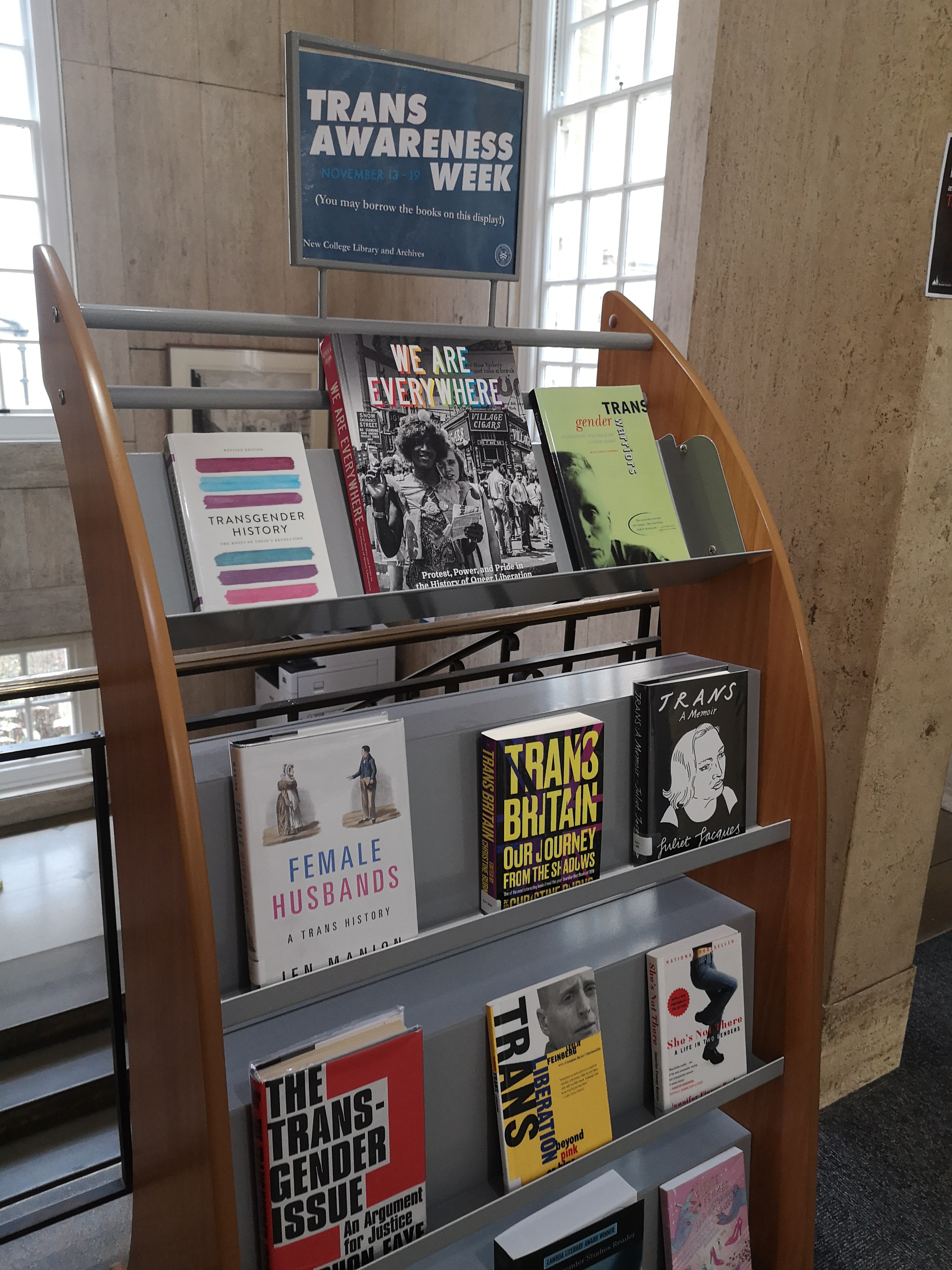


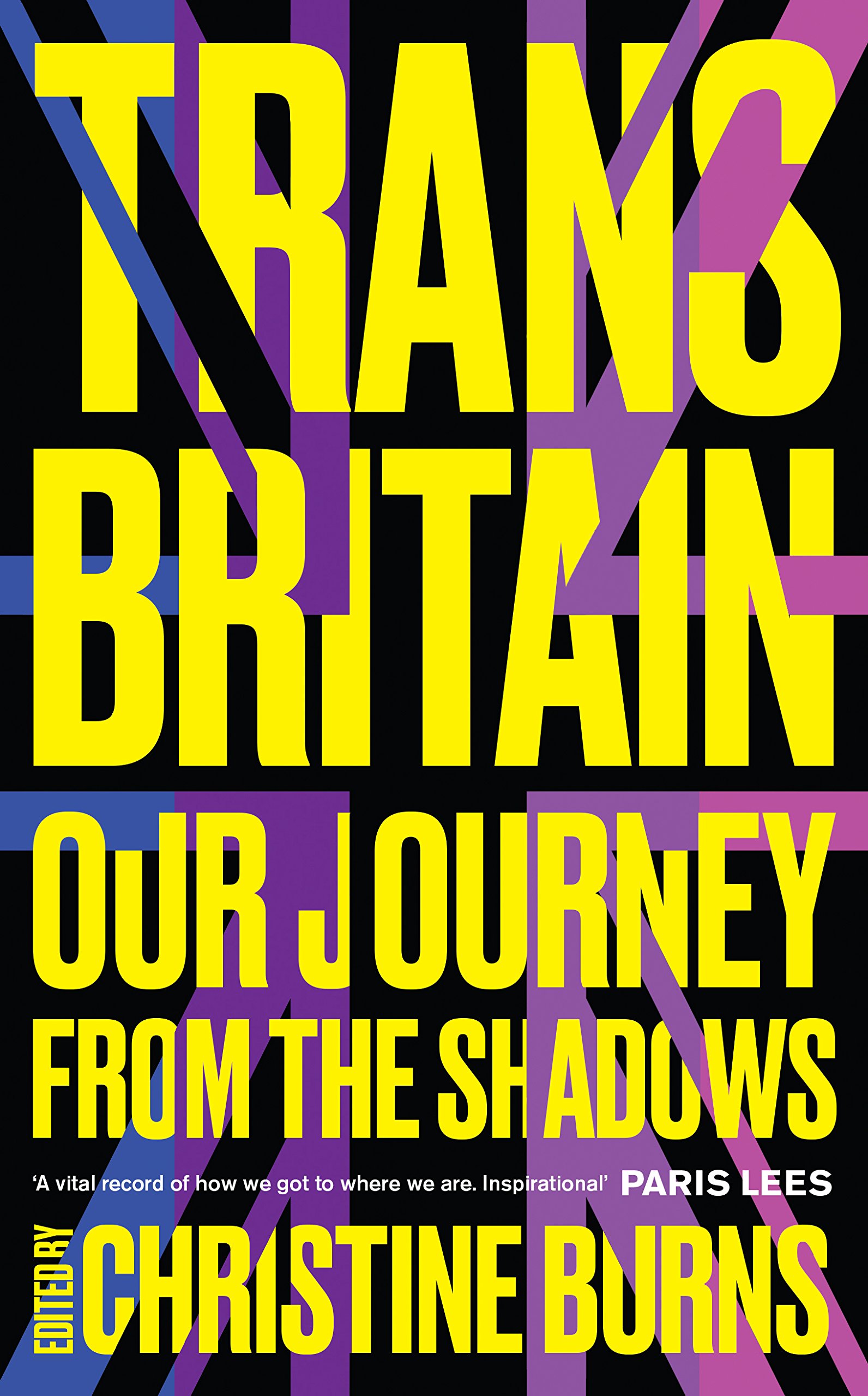
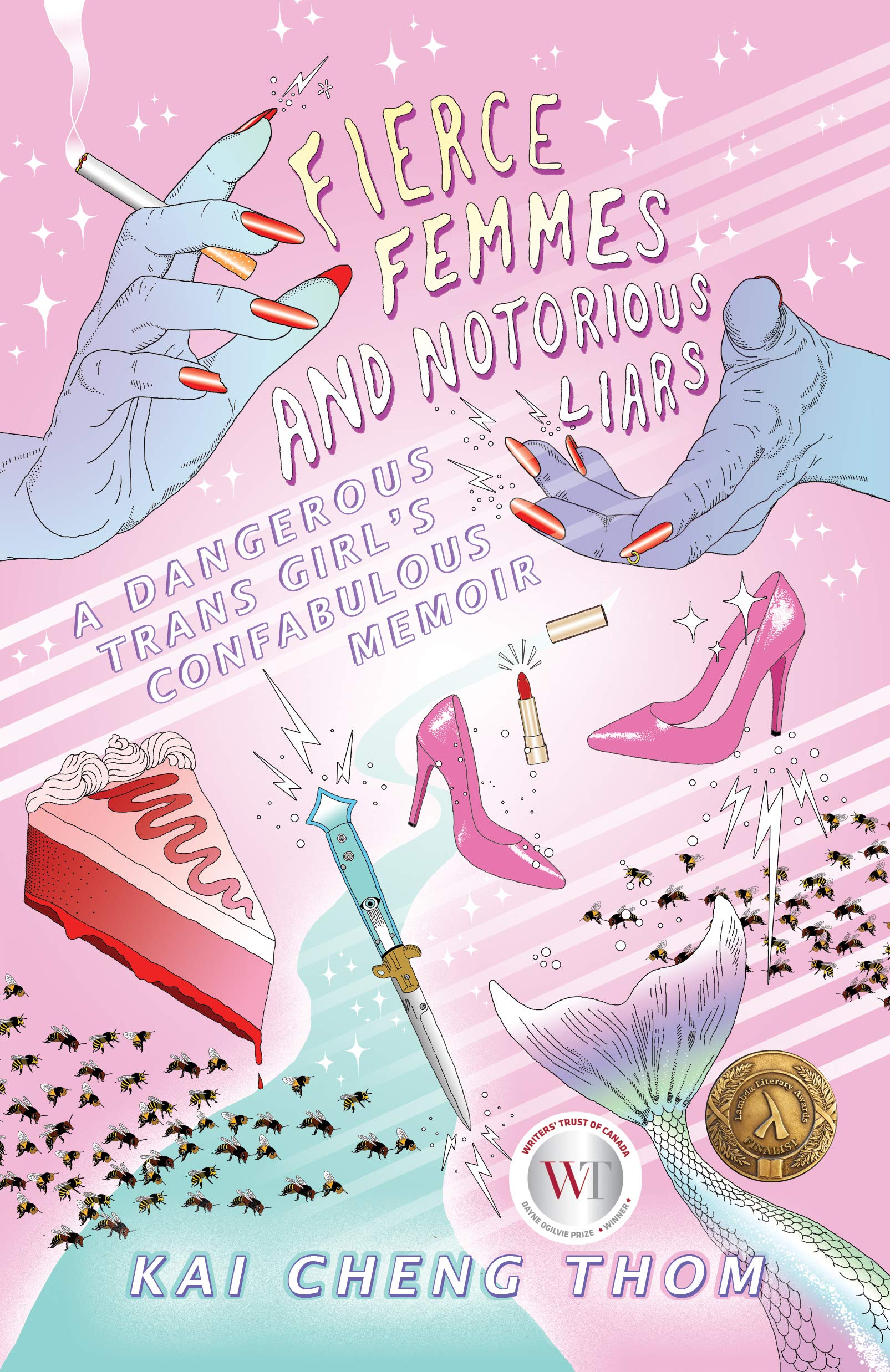
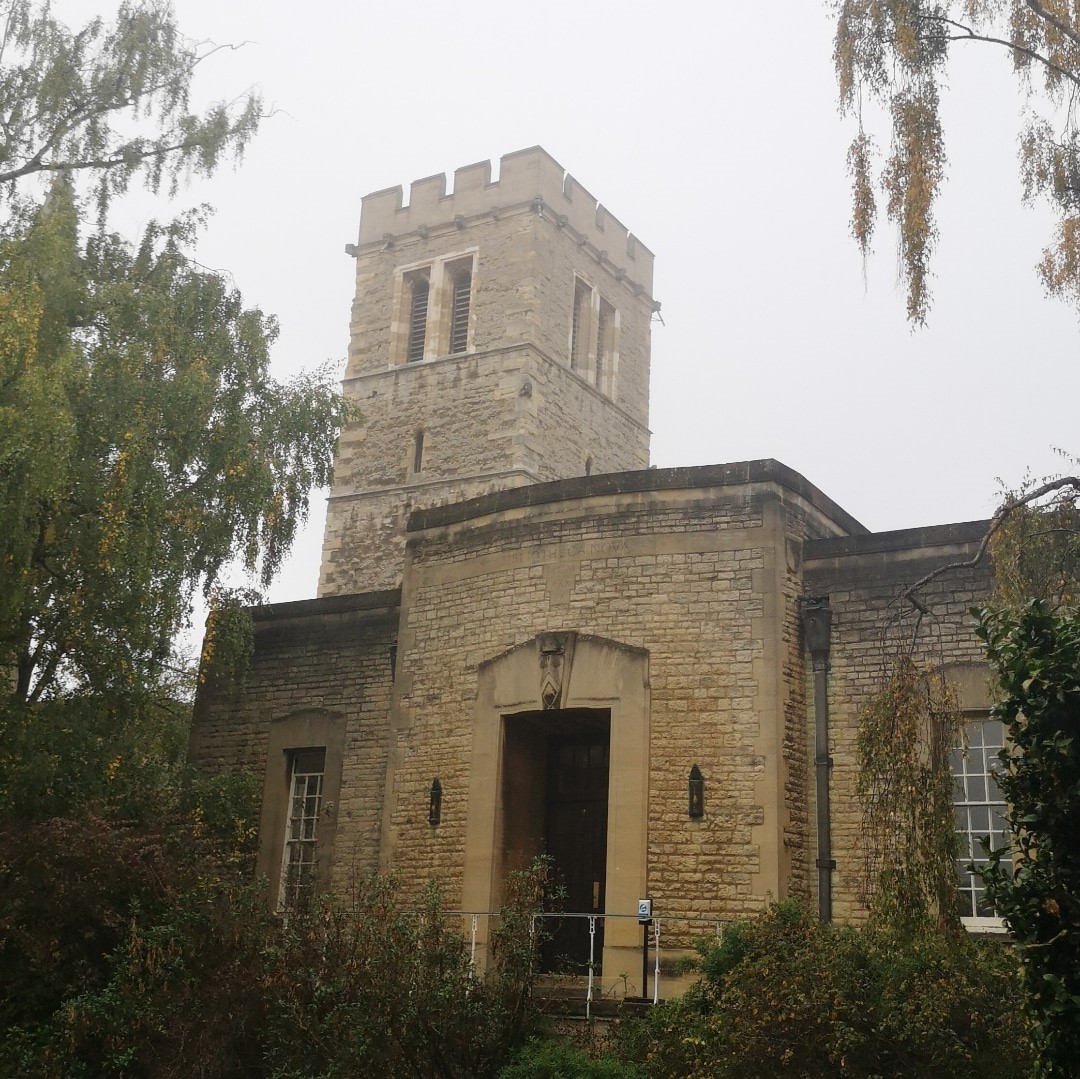
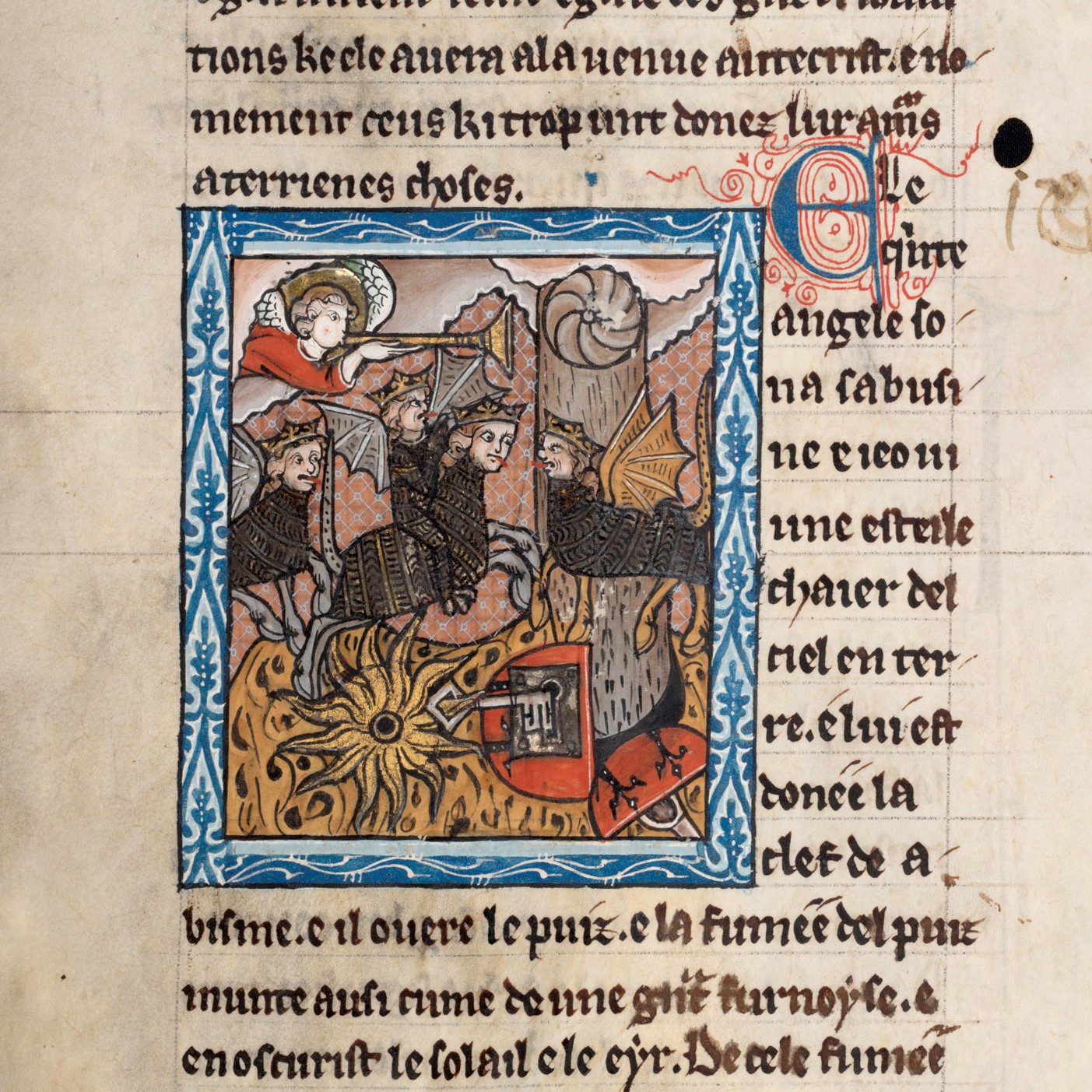
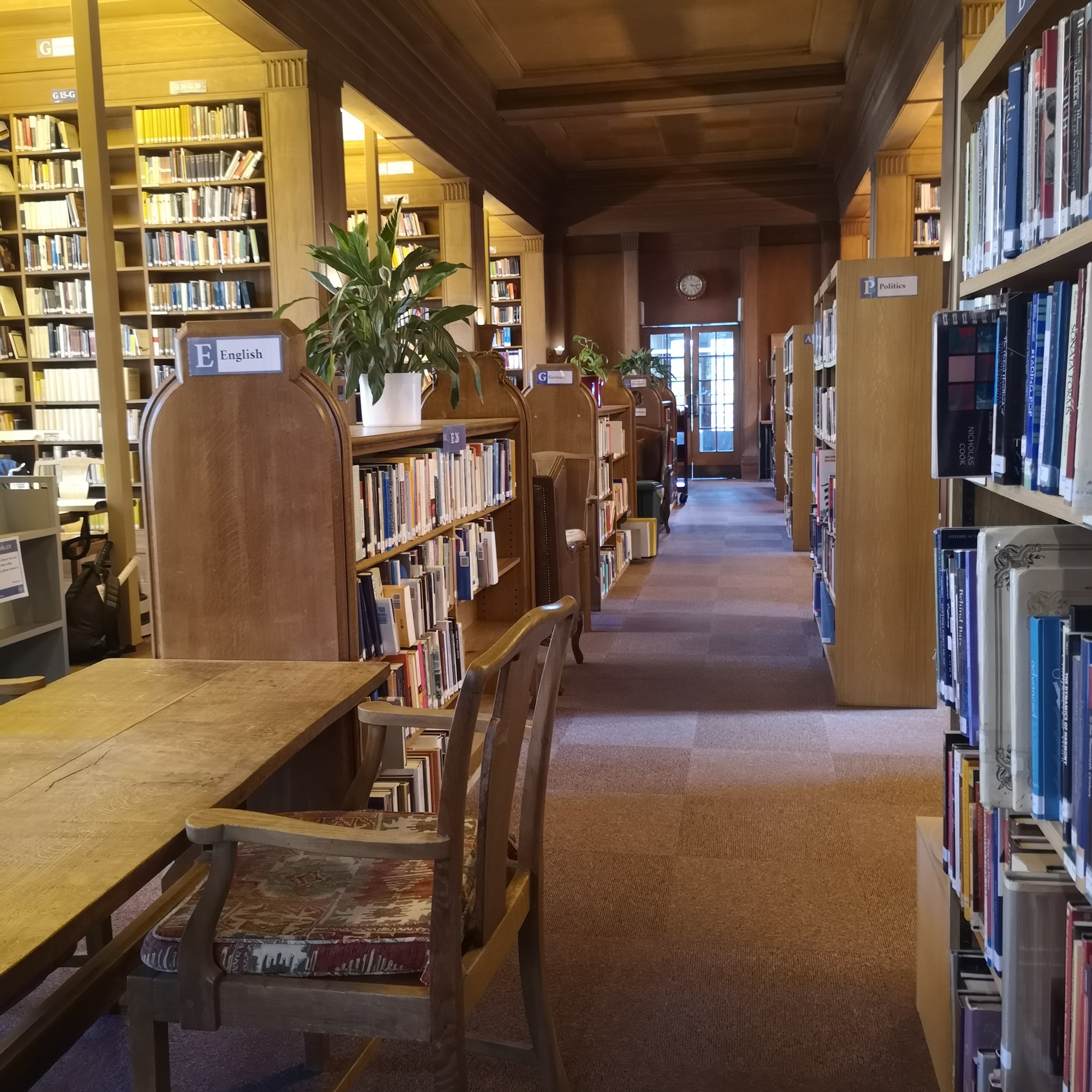
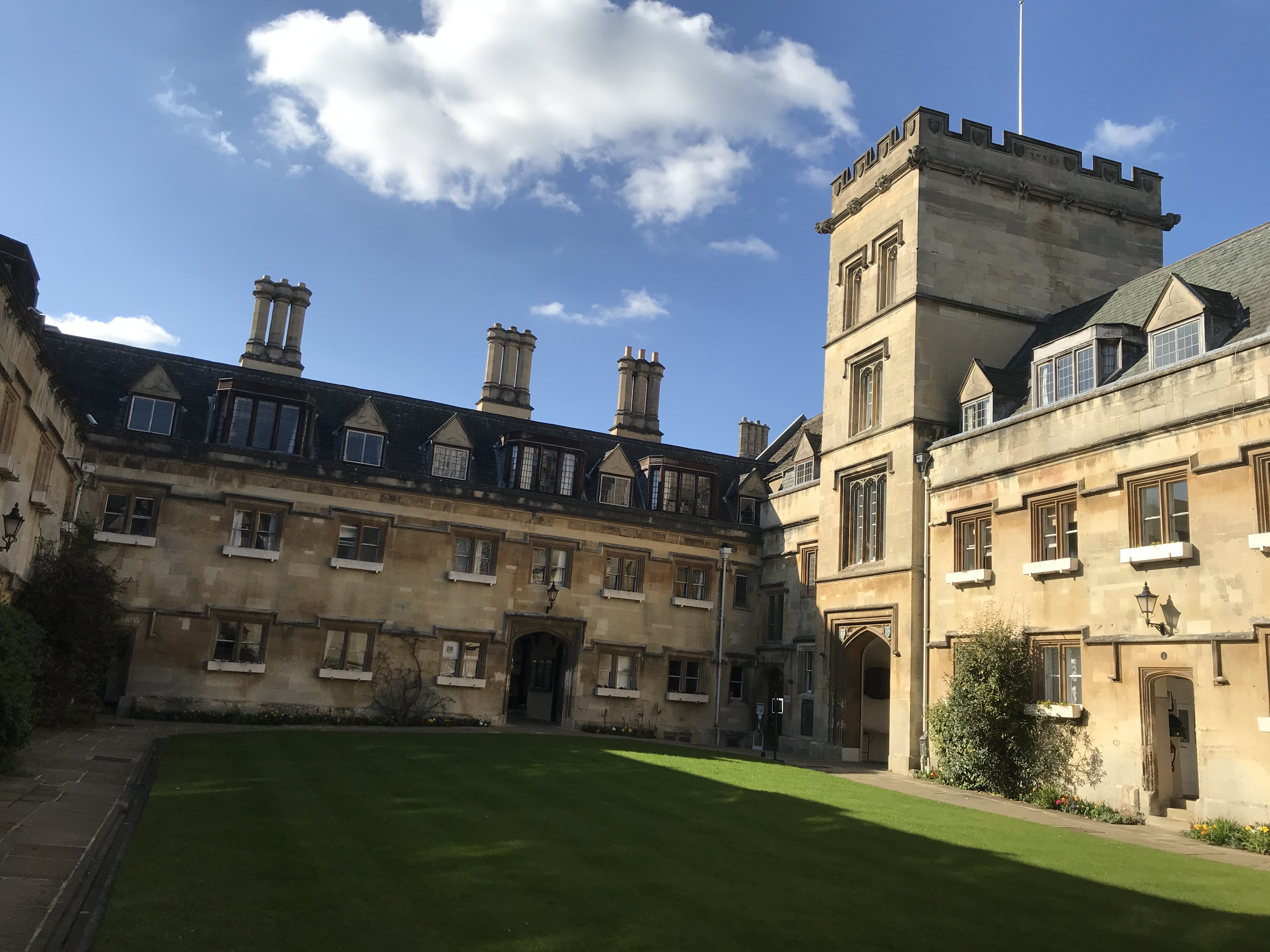
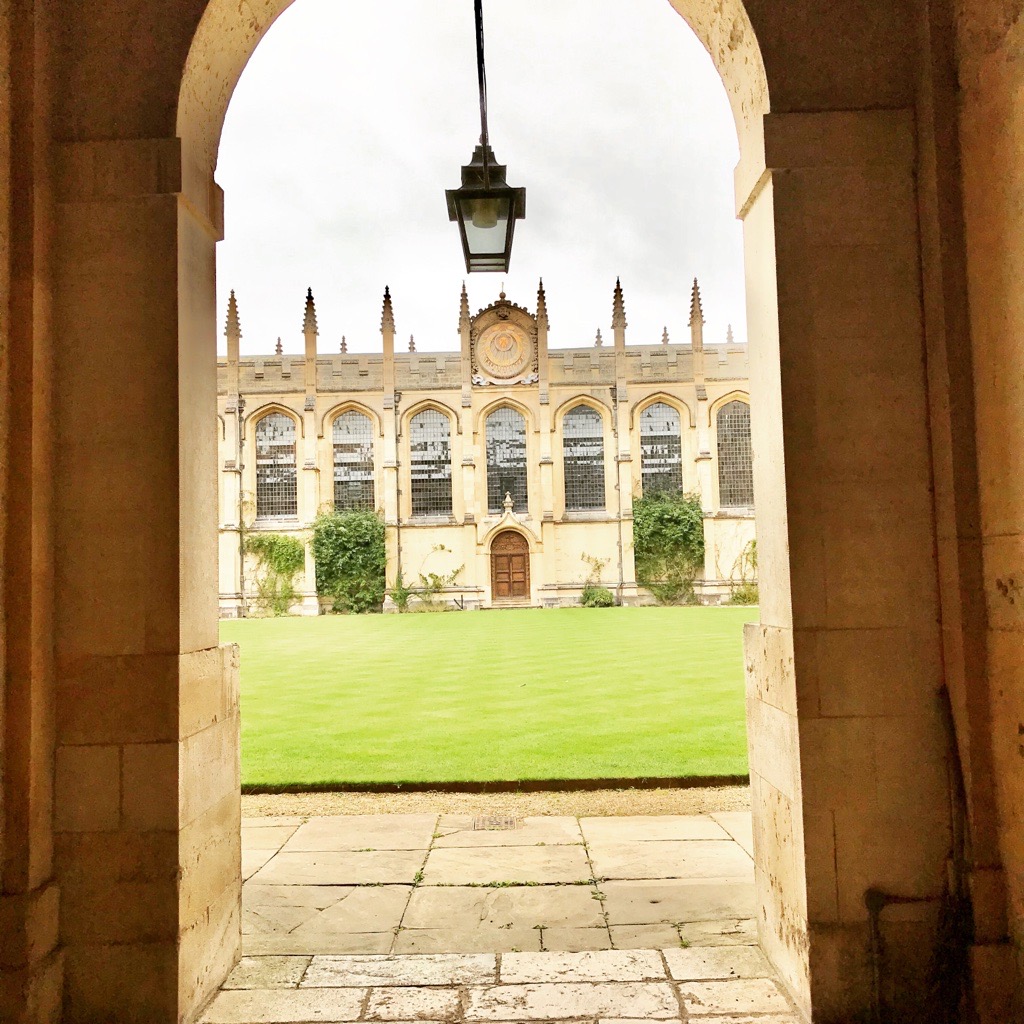

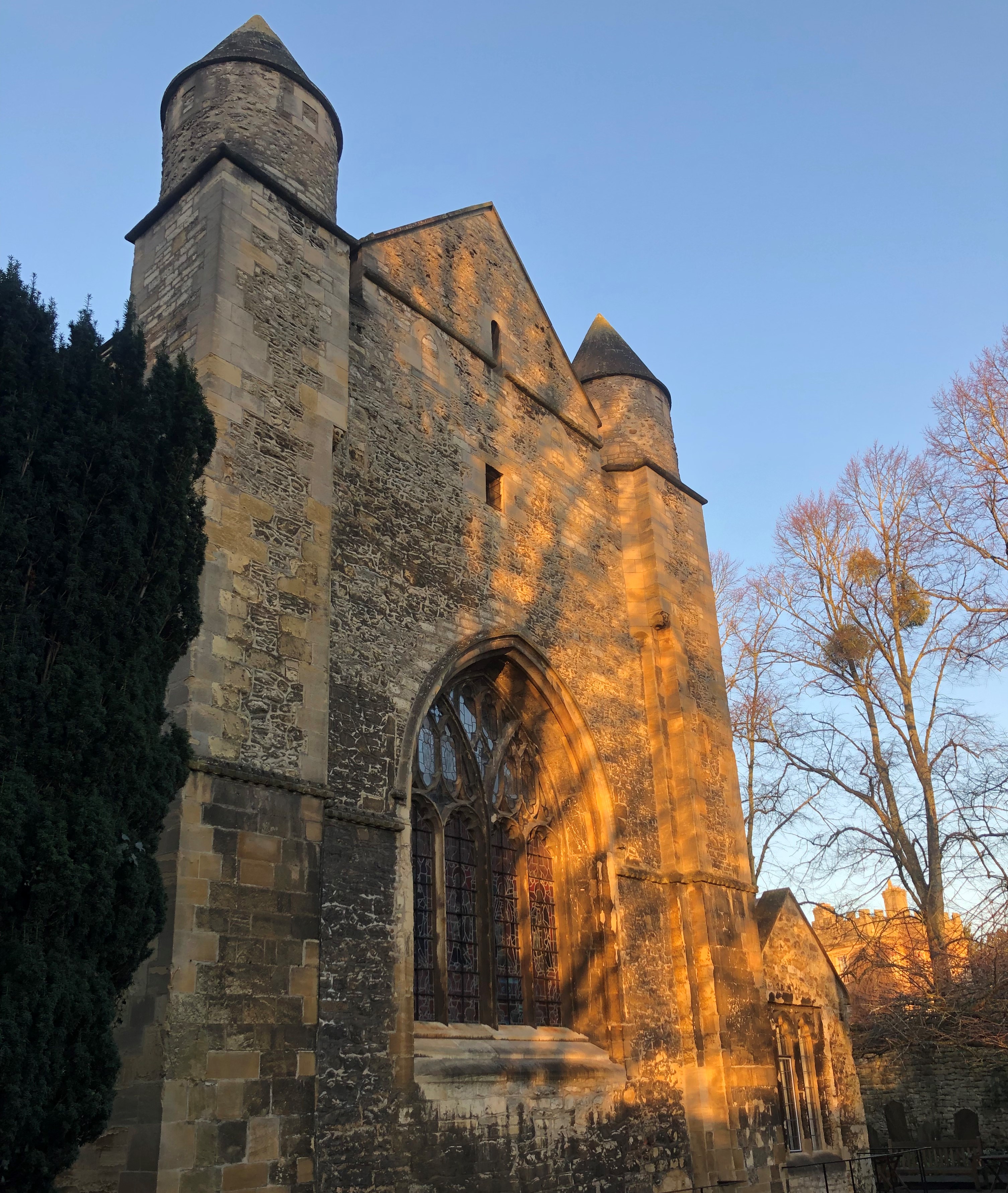
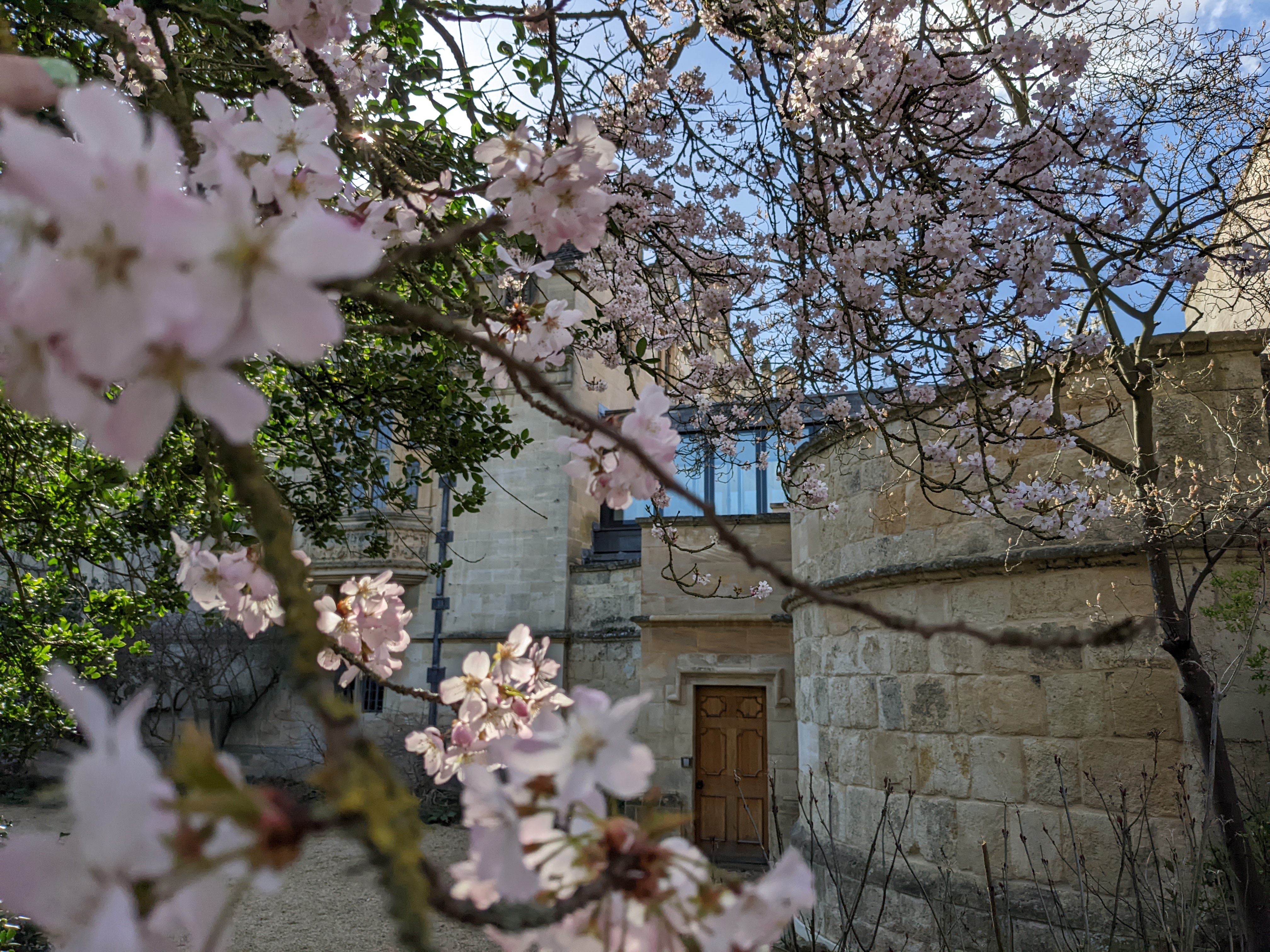

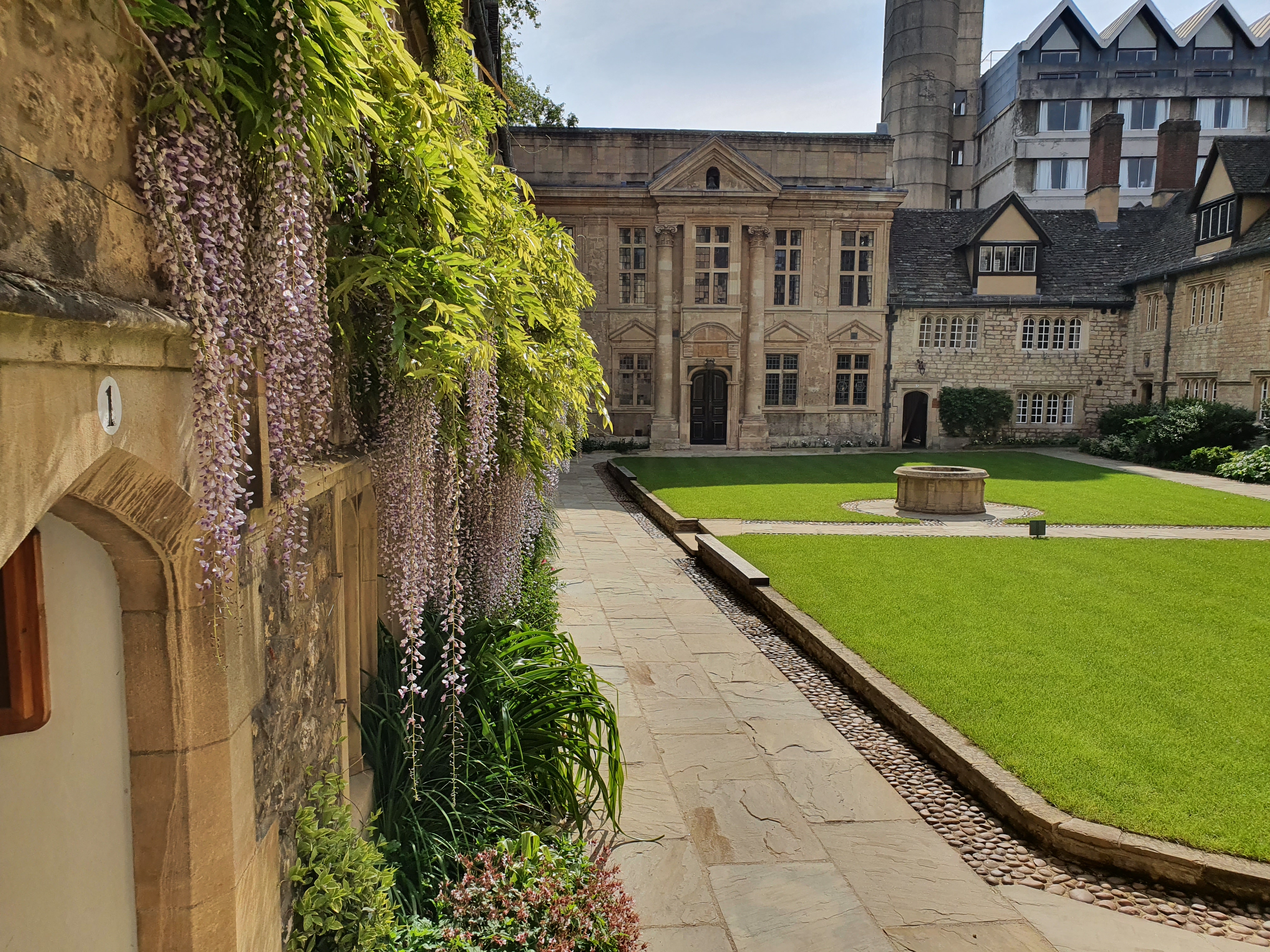
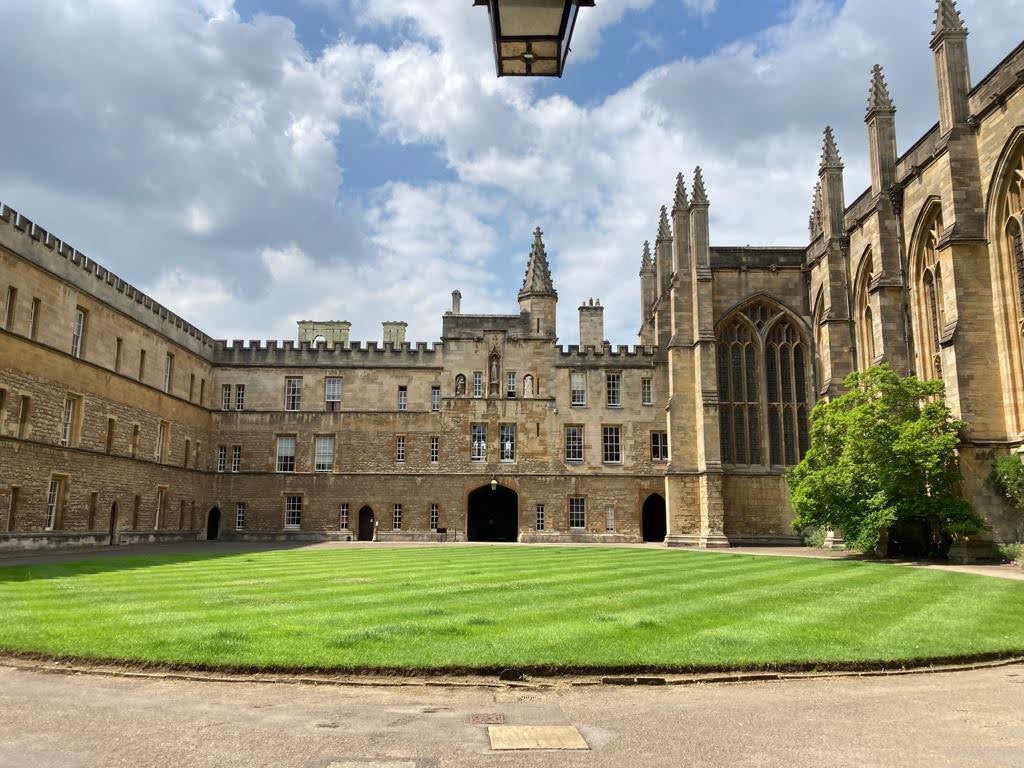
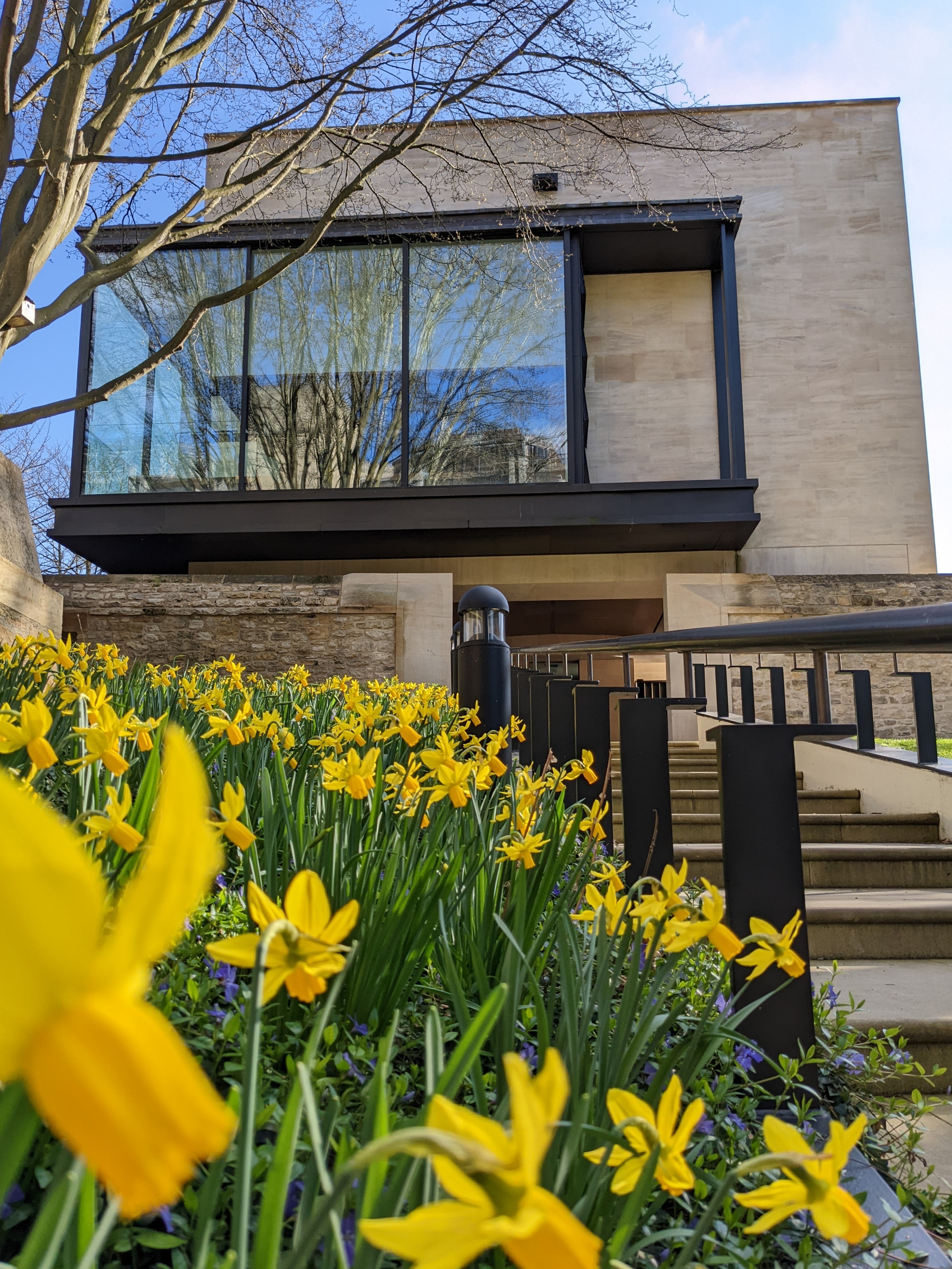
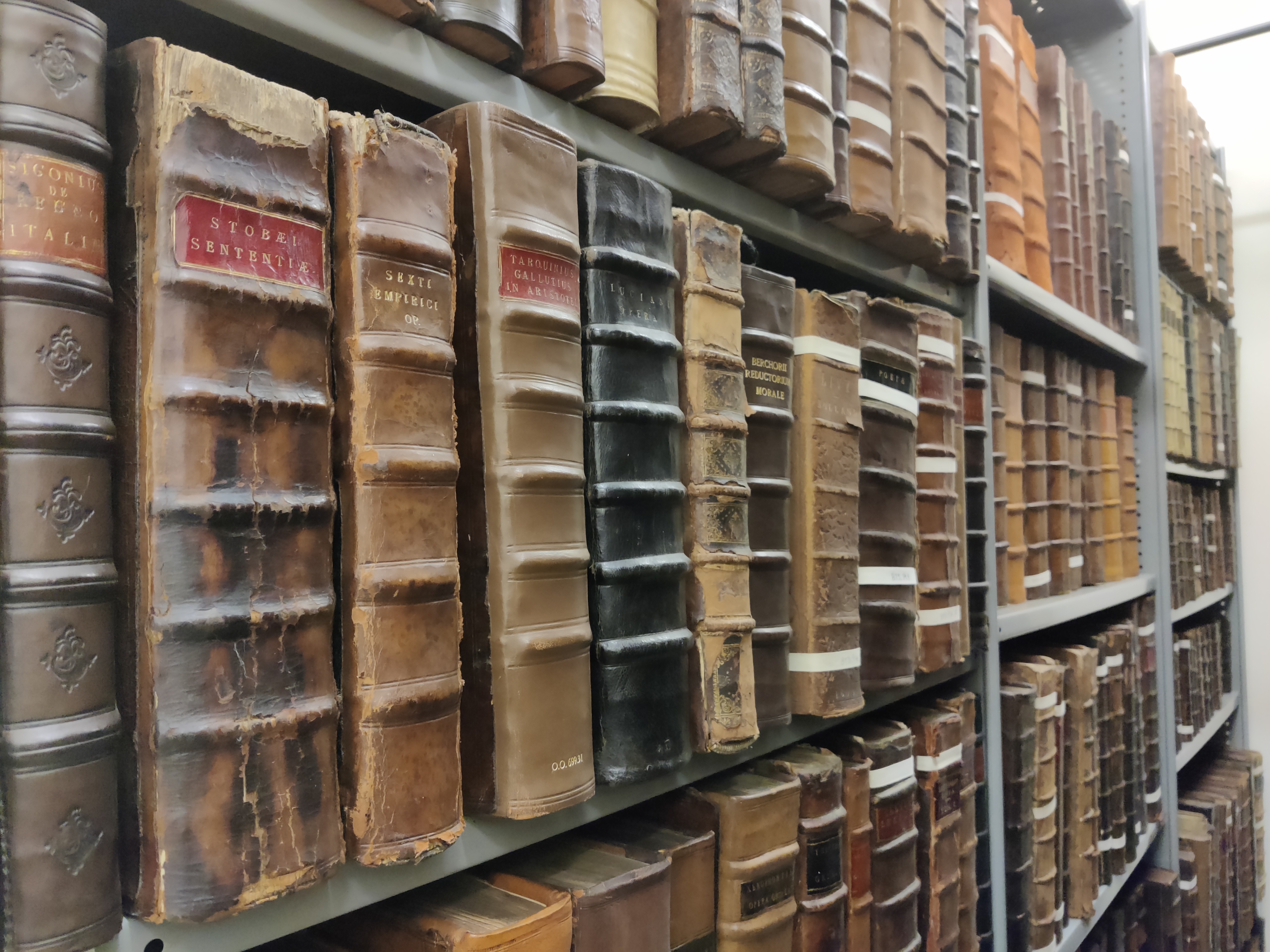

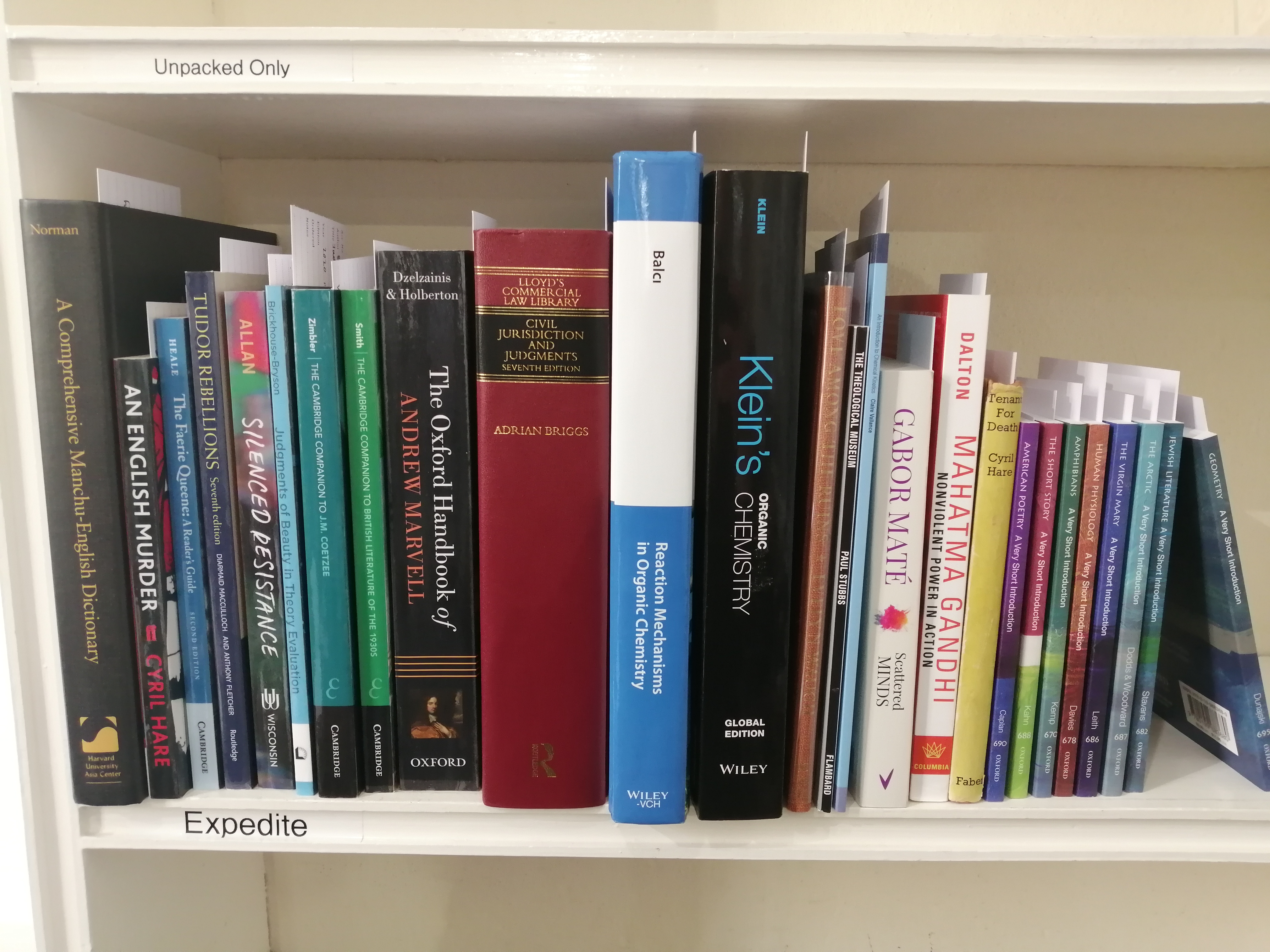



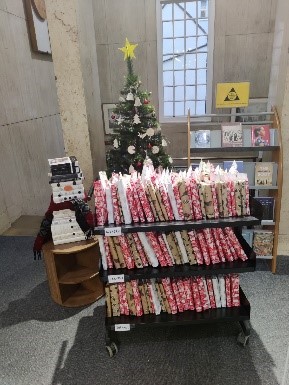



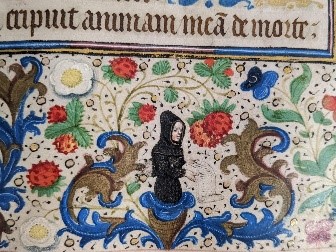




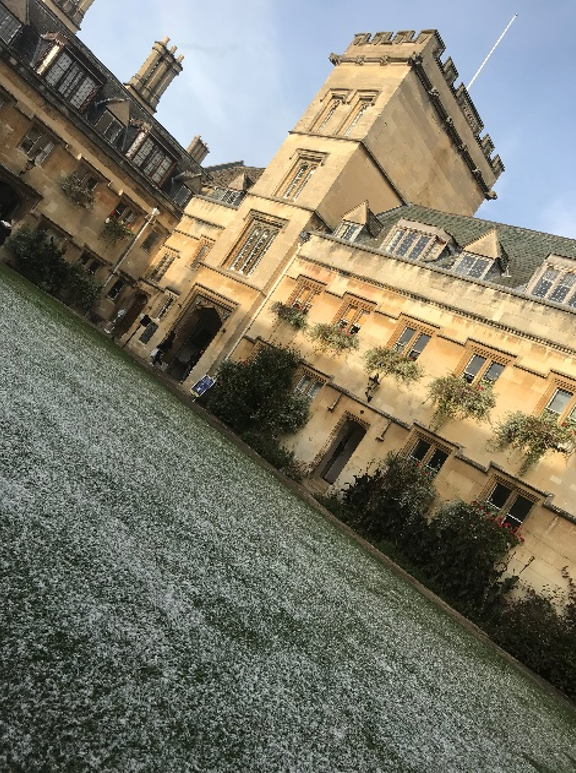
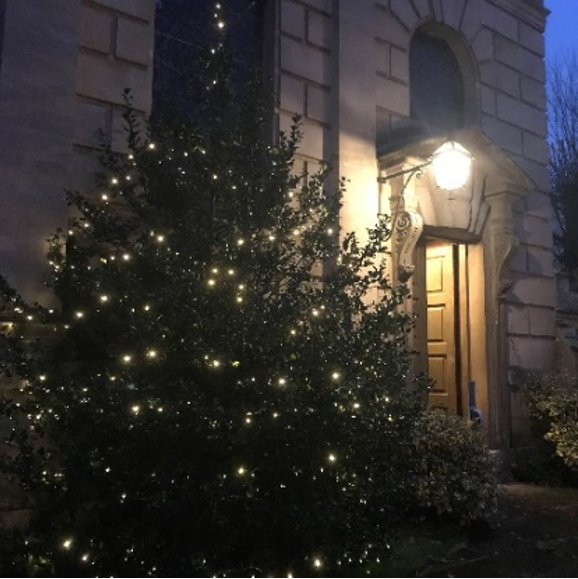
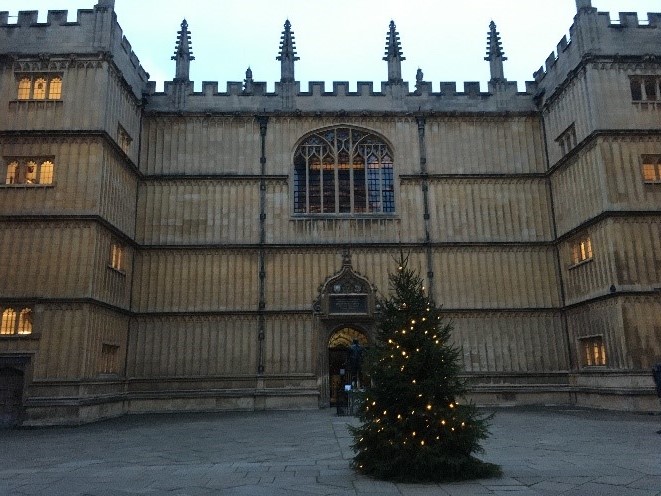


Recent Comments